BALL, Terry
As William Thomas Ball, he was born at Greenwich, London, on 14 August 1931, second son of Albert Edward Ball (20 January 1906-1970), an auctioneer's porter, and his wife, Mary Kathleen, who was known as Dink, née Hannen (19 December 1909-1999), who married at Holborn, London in 1929. Though he was baptised William Thomas, his mother preferred the name Terry which remained with him for the rest of his life. Terry was educated in Carshalton, London but his mother fostered his interest in art and, after spending time as an evacuee in North Wales during the Second World War, Terry studied at Wimbledon School of Art. In 1952 he commenced his studies at the Royal College of Art in London, where his contemporaries included Frank Auerbach (29 April 1931-) and Bridget Riley (24 April 1931-), studying under John Minton (1917-1957), Robert Buhler (1916-1989) and Ruskin Spear (1911-1990). On graduating, Terry took a job as a hospital orderly painting in his free time, hoping for enough work to give him an exhibition. In 1957, he went to Jericho, where he joined the archaeologist, Kathleen Kenyon (1908-1978), drawing finds recovered from her excavations and falling in love with Palestine and its people and over the next ten years spent long stretches of time there and it was during the restoration of the Church of the Holy Sepulchre in Jerusalem that Terry first grasped the value of reconstruction drawings. One of his earliest works, drawn during the six-day war in 1967, shows the famous church as it was rebuilt in the 1940s. On his return to London, he took a job in the ancient monuments drawing office at the Ministry of Public Buildings and Works, eventually running the office, which was transformed into English Heritage in 1983. He honed his skills with drawings of the Guildhall in London, the Tower of London and Windsor Castle. Through the 1980s, the drawings became part of his official duties and the volume of work increased as he painted castles, palaces, abbeys, and prehistoric monuments. Collaborating with colleagues in the Inspectorate of Ancient Monuments, Terry was able to show, for example, how Richmond Castle might have looked in 1400, or how extensive Rievaulx Abbey was in 1530. In later life he cut a dapper artistic figure in his waistcoat and corduroy trousers and in 1992, he was appointed an MBE, which his mother only discovered when casually reading the published newspaper lists and was elected a Fellow of the Society of Antiquaries of London. He drew and painted at Walberwick, Suffolk from the early 1970s finally moving to the village with his long-term partner, Christine Sutton. There he became active in the local circle of artists, continuing to paint reconstructions but concentrating on portraits and beautiful, haunting landscapes. William Thomas Ball died on 23 February 2011, being survived by Christine, two nephews and a niece
Works by This Artist
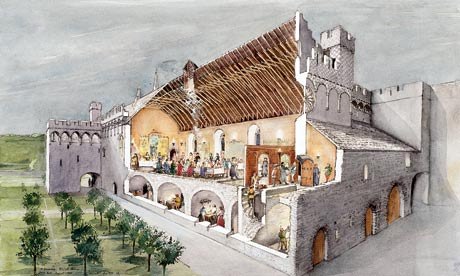
|
St Davids Bishop's Palace may have appeared in 1350.Terry Ball's reconstruction of how the great hall of St Davids Bishop's Palace may have appeared in 1350. |
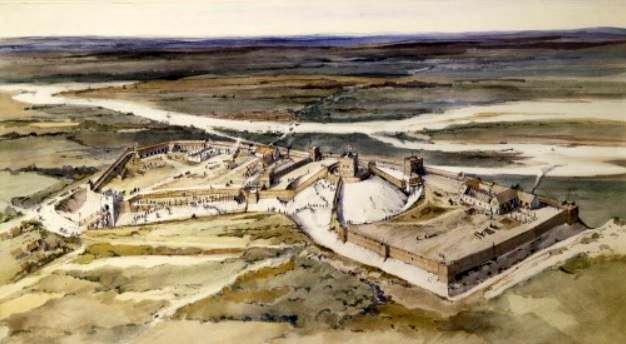
|
Windsor Castle circa 1090Watercolour
|
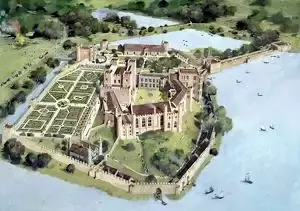
|
Kenilworth CastleWatercolour |
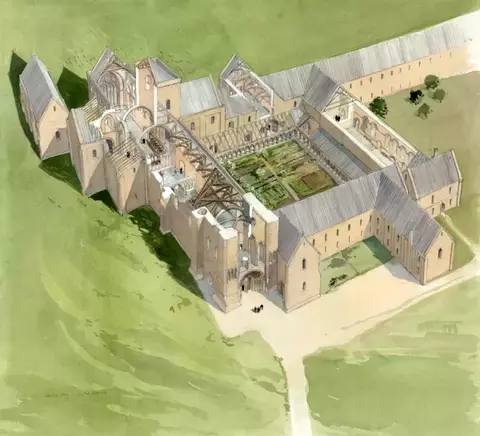
|
Lilleshall Abbey, ShropshireWatercolour |
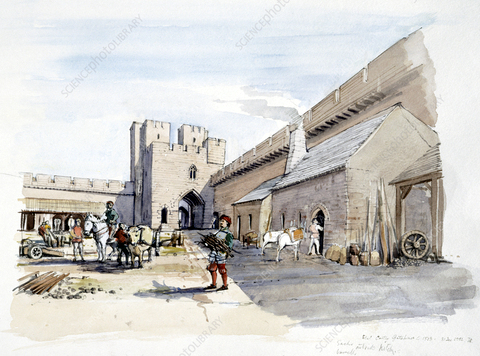
|
Etal Castle, c1513Watercolour |